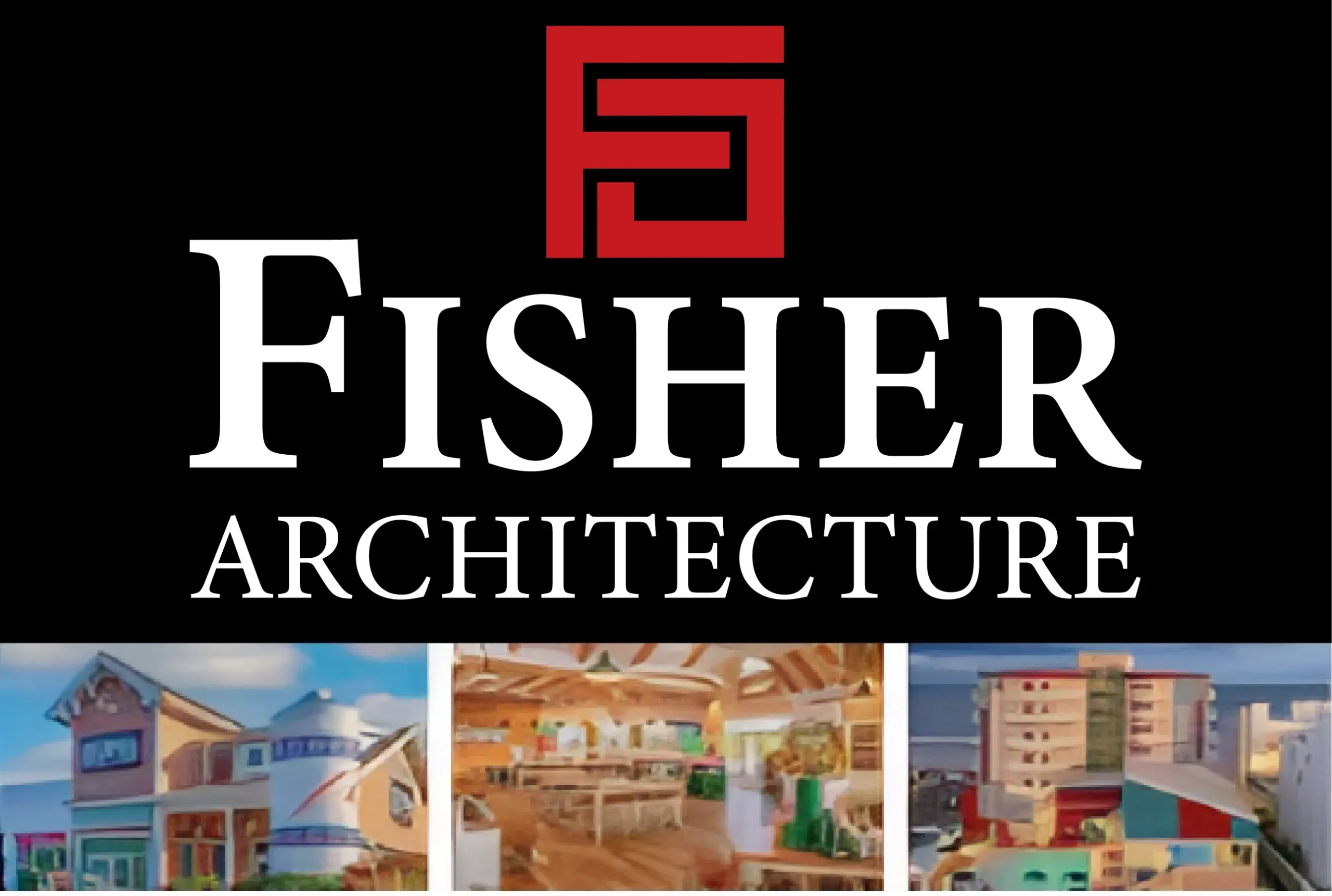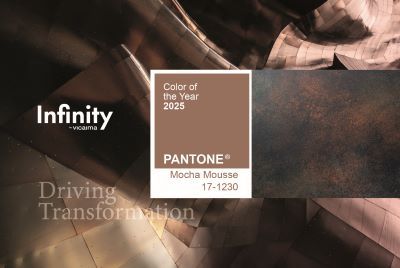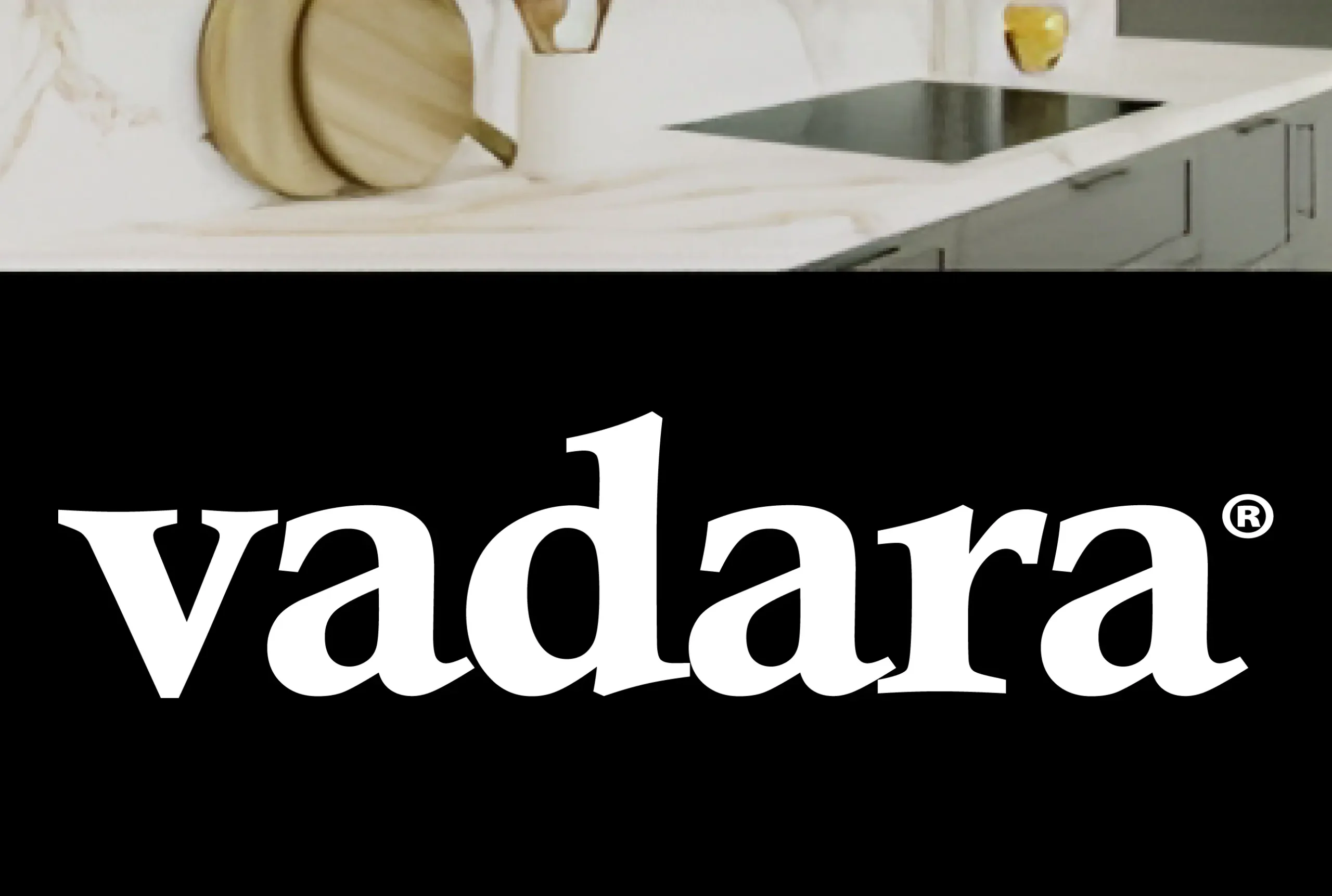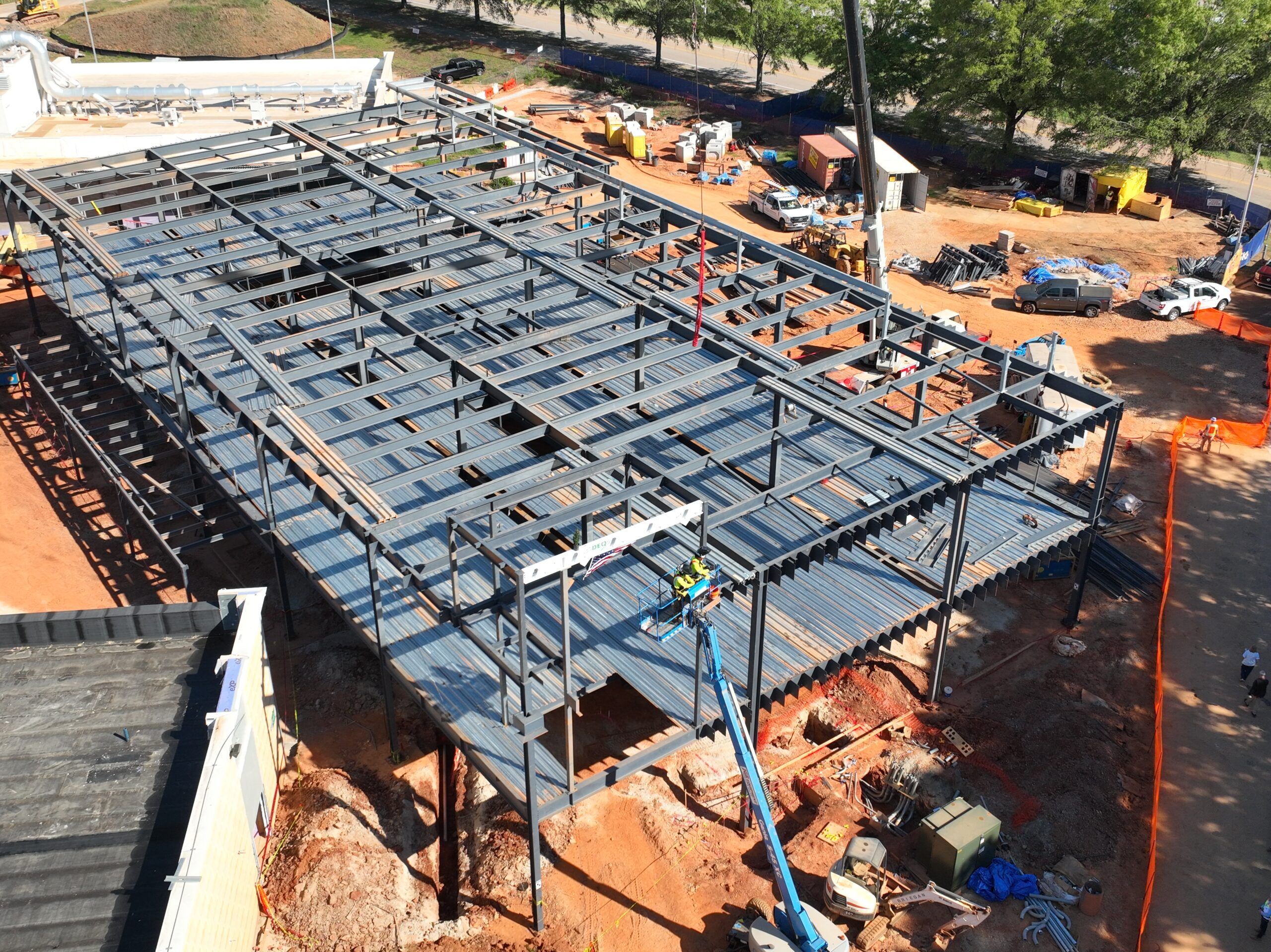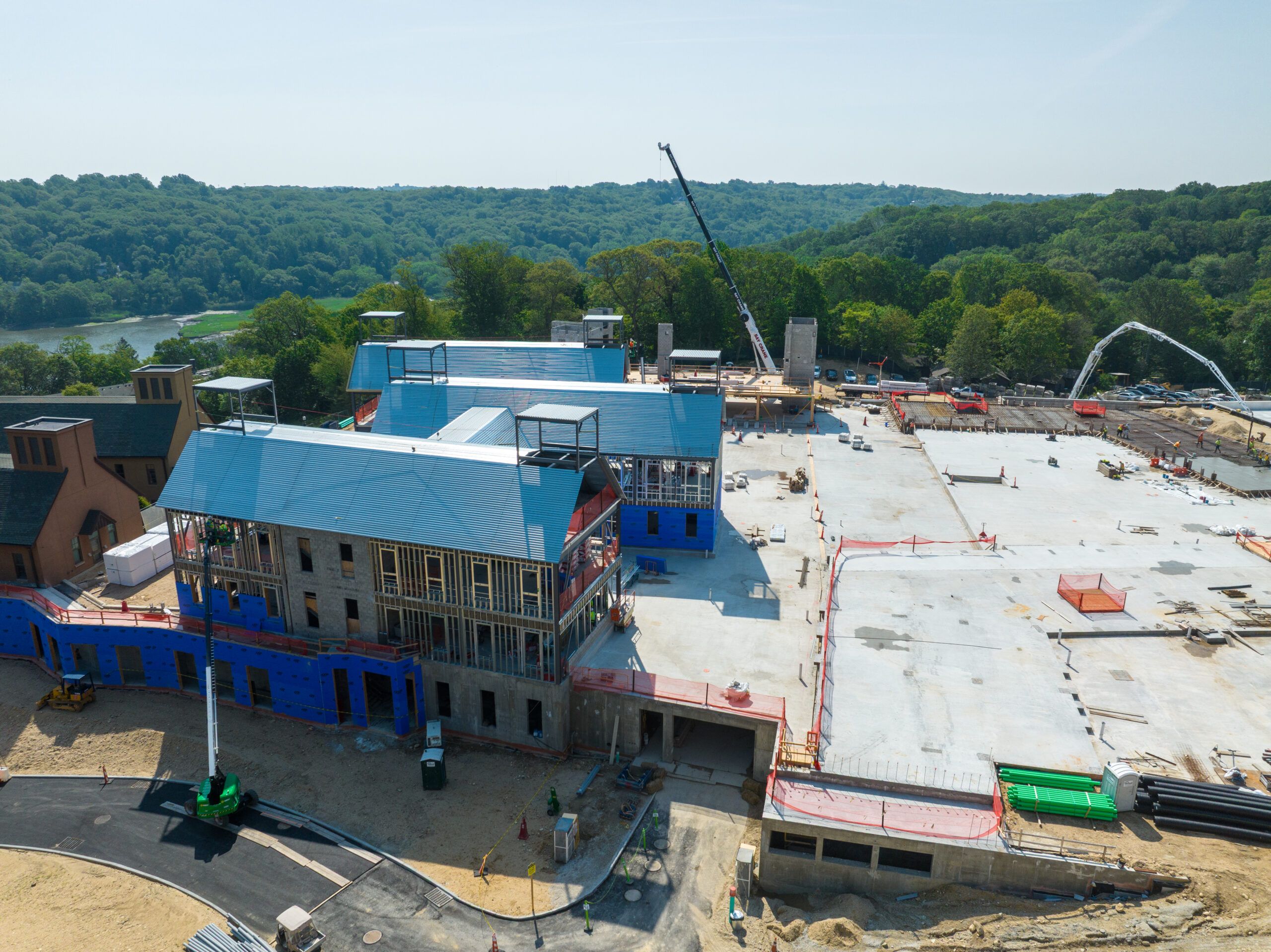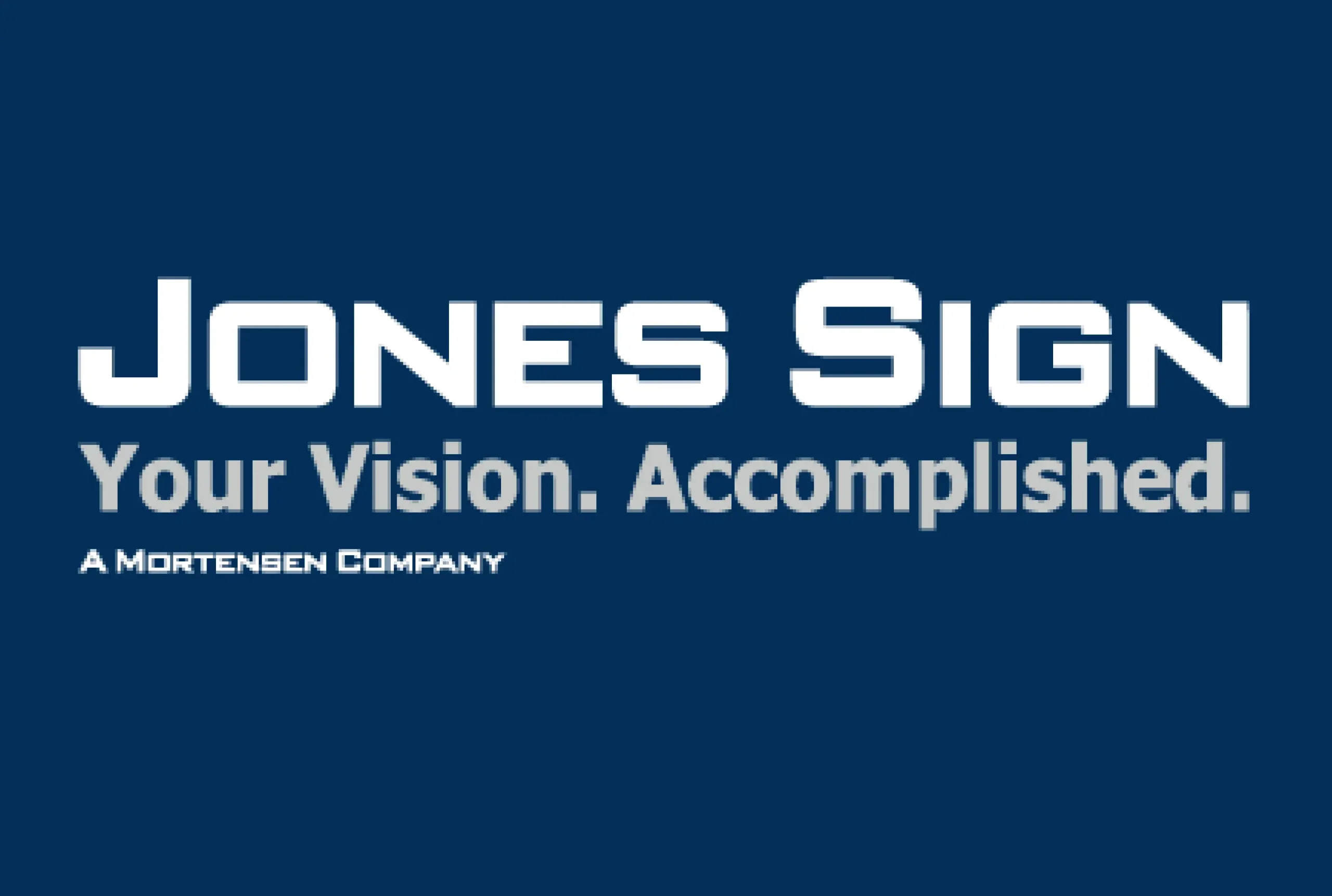The arrival of 2025 brings a new vision for the architecture, construction, and design sectors. Interiors will become extensions of our identities, where technology blends seamlessly with aesthetics, and harmony becomes the central theme.
From visual alignment between doors and panels to customization inspired by a human touch, the upcoming year promises significant strides in the environments we inhabit. As one of Europe’s leading players in the design and production of doors, frames, wardrobes, panels, and furniture pieces, Vicaima anticipates five trends that will make a difference in residential, hospitality, or commercial projects.
1. Seamless Harmony in Design: From Doors to Panels
The perfect symbiosis of décor elements will be a central trend in 2025. Clean, visually fluid environments with continuous design will define the concept of modernity in the coming times. In this context, Vicaima has developed new finish options created to meet global trends and professional needs. Available not only for doors but also for wardrobes, panels, and furniture pieces, these solutions create cohesive and elegant spaces, exuding sophistication. A scenario where tones and textures take center stage, meeting the demand for personalized and highly integrated designs. Pantone’s Color of the Year, Mocha Mousse, emerges as a perfect symbol of this trend. This warm tone, reminiscent of natural wood and organic materials, promises to stand out by adding a sense of interconnection, comfort, and harmony to interiors.
2. A Human Touch to Balance Technological Abundance
In an era where technology — particularly Artificial Intelligence (AI) — plays a central role in customization and process optimization, balancing innovation with humanization will be essential. Personalized spaces, reflecting a desire for welcoming environments, underscore the need for a human touch in the digital age. Vicaima Infinity stands out for its ability to create fully customizable pieces that tell unique stories. Each project becomes an expression of identity, offering solutions that meet the most specific needs of architects and designers. AI will continue driving the creation of decorative concepts by analyzing patterns and preferences, combined with the professionals’ sensitive eye. The future will thus be a fusion of technological precision and human creativity. Innovation promises to amplify the human touch, and in 2025, we will see more personalized spaces where every detail reflects the users’ style and story. AI will also enhance the creation process, enabling professionals to analyze millions of images, styles, and trends, helping overcome creative blocks and explore new ideas. On a practical level, upcoming innovations will leverage AI to optimize processes and enhance safety in the construction industry. By analyzing data and identifying patterns, AI can detect potential problems in equipment and safety systems, preventing failures and ensuring building security. Beyond design and production, technology will also play a vital role in professional interaction with solutions. AI-powered tools, such as the Vicaima 24/7 chatbot available in the UK (and expected to expand to new markets in 2025), provide simple, direct access to information about companies, products, news, and projects in an interactive way akin to a conversation. 2025 thus emerges as the ideal time for the industry to evolve holistically through digitalization. Acting as a united sector, it will promote technological integration to enhance efficiency, reduce waste, and prepare for future challenges.
3. Products Beyond Functionality
The growing demand for products that transcend their traditional roles will be at the heart of next year’s trends. Integrated construction solutions — where sleek lines and high-quality materials coexist — reflect a clear preference for minimalist spaces that balance form and function. This movement toward visual continuity emphasizes the importance of every design detail, with Portaro® — one of Vicaima’s most iconic brands — playing an essential role in elevating architectural environments and adapting to diverse concepts. Doors will increasingly integrate with panels and walls in total harmony, blending seamlessly with surrounding structures. The result is interiors that exude lightness and sophistication, creating a unique visual impact. Other elements, such as wardrobes, will no longer be mere storage pieces but central décor components that contribute to a space’s identity and aesthetics. Attention to detail and the sophistication of materials transform wardrobes into icons that harmonize effortlessly with any environment. In 2025, we anticipate a focus on premium wardrobes with exclusive accessories that enhance user experience. Moreover, other segments will also see a growing addition of accessories that add value to solutions, offering an “extra touch” that makes a significant difference in décor impact. Whether in homes or various types of projects, these elements will play a vital role in creating elegant and highly functional spaces, contributing to the identity and exclusivity of interior designs.
4. Sustainable Materials: Present with Purpose
Sustainability will remain a fundamental pillar but will take on a more purposeful role. Beyond being an ecological choice, products and solutions that combine sophisticated design with a lower carbon footprint will naturally address the most demanding challenges. For doors, Portaro® solutions with thermal performance exemplify this trend, combining this capability with acoustic, fire-resistance, and security features. With a UD=1.2W/(m².ºC), the Portaro® Thermal achieves an A-rating in thermal transmittance, ensuring excellent insulation and high energy performance while offering a sophisticated design that integrates seamlessly into any decorative space. This meets the need to reduce energy consumption without compromising comfort or quality — a performance also found in other Vicaima solutions. In addition, the use of materials certified by entities such as FSC® (Forest Stewardship Council®) reinforces the commitment to environmentally responsible practices, ensuring that design elegance reflects a positive impact on future generations. As a whole, sustainability will align with broader solutions. The use of eco-friendly and innovative construction materials is increasing, with a growing emphasis on renewable, recyclable, or low-impact materials. While the higher initial cost of sustainable buildings may be a concern, this can be offset by lower lifecycle costs due to reduced energy consumption and maintenance. Alongside wood and its contribution to decarbonization, Vicaima has pursued positive transformation through a global sustainability policy, fully aligned with the United Nations’ Sustainable Development Goals (SDGs). Investments in renewable energy, waste recovery, and digitalization projects form part of a wide range of actions and partnerships aimed at achieving these goals.
5. Innovative Launches Will Become More Frequent
In a constantly evolving market, innovation will remain a driver of transformation. The demand for quick and efficient solutions will fuel the continuous release of products that address flexible design and functionality needs. Construction projects are expected to increase in 2025, driven by factors such as population growth, urbanization, and infrastructure development needs. The demand for housing, especially in urban areas, is expected to remain high, highlighting the need to address housing deficits and the growing demand for more sustainable and affordable housing solutions. Deloitte predicts that after ending 2024 with a 10% growth, the construction industry is expected to continue expanding globally this year, despite fluctuations in interest rates. Simultaneously, the hospitality sector remains attractive to investors, with significant growth in projects focused on luxury hospitality and sustainable tourism, driven by the global recovery in tourism. This trend is expected to continue into the new year, with the Global Travel Outlook 2025 estimating a 9% increase in family budgets allocated to travel. In a world increasingly oriented toward sustainability, personalization, and visual harmony, Vicaima envisions the coming year as an opportunity to reaffirm its commitment to solutions that combine aesthetics and functionality. Whether in residential, hospitality, commercial services, healthcare, or education, 2025 will be marked by unique, inspiring, and future-ready spaces.
Feature Image Courtesy of: Vicaima


